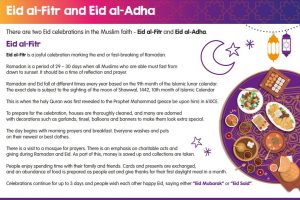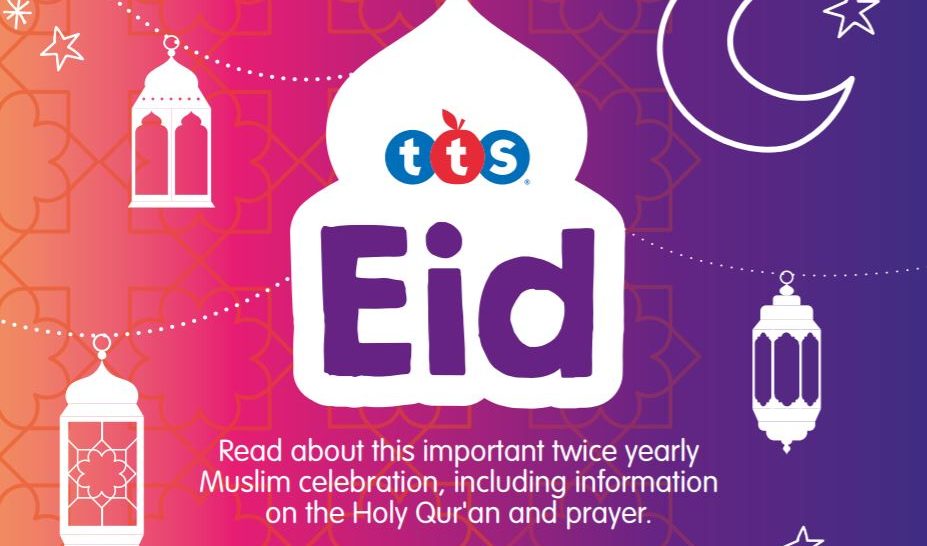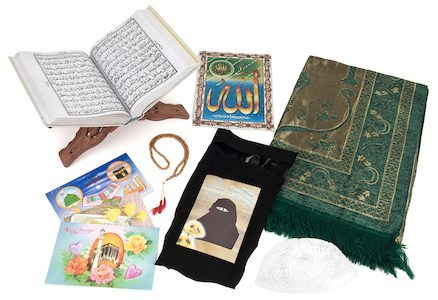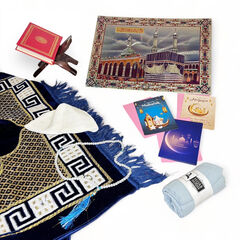There are two Eid celebrations in the Muslim faith – Eid al-Fitr and Eid al-Adha.
- Eid al-Fitr falls at the end of the ninth month, Ramadan.
- Eid al-Adha is celebrated in the 12th and final month, Dhu al-Hijjah.
The exact dates of these celebrations do move because they are based on the moon and lunar calendar year.
Eid al-Fitr
Eid al-Fitr is a joyful celebration and is one of the major holidays of Islam. It means the Festival of the Breaking of the Fast. It marks the end of the holy month of Ramadan, the Islamic month of fasting.
Ramadan is a period of 29-30 days when all adult Muslims who are able must fast from dawn to sunset. It is seen as a time to focus on prayer, spiritual reflection and charity without distractions. Fasting (Sawm) is one of the Five Pillars of Islam. Find out more about teaching children about Ramadan in this useful blog.
Eid falls on the first day of the 10th month in the Islamic lunar calendar. Celebrations can continue for one, two or three days and people wish each other Eid Mubarak (Blessed Eid) or Eid Said (Happy Eid). Celebrations vary in different countries but can include decorating homes, gatherings, visiting the mosque, family visits, eating special sweet foods, wearing new clothes or giving gifts.
For more information about Eid al-Fitr, take a look in our Eid download which is perfect to share with the children in your class.

Eid al-Adha
Eid al-Adha (also written as Eid ul-Adha and known as Qurbani Eid, Bakra Eid and Greater Eid) is the second Eid festival. It means ‘festival of the sacrifice’ and is considered the holier of the two. It is in honour of Ibrahim (also known as Abraham) because of his absolute, unwavering commitment to God. Ibrahim is an important figure in Islam, Christianity and Judaism. Just as Eid al-Fitr comes at the end of Ramandan, Eid al-Adha is celebrated at the end of the Hajj period.
Eid al-Adha is celebrated by Muslims all over the world in a similar way to Eid al-Fitr – by prayer, the exchanging of gifts and by sharing meals with family and friends.
For more information about Eid-al Adha, download our Eid Booklet.
RE has an increasingly important role in helping children to be more aware of what it means to live in a multi-faith community and respect the beliefs and practices of others, thereby strengthening social cohesion.
Explore our extensive range of primary RE resources that reflect different religious beliefs, spirituality, celebration, worship, practices and belonging.






